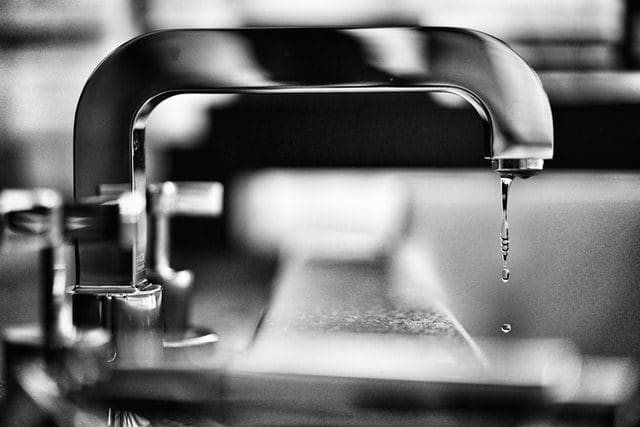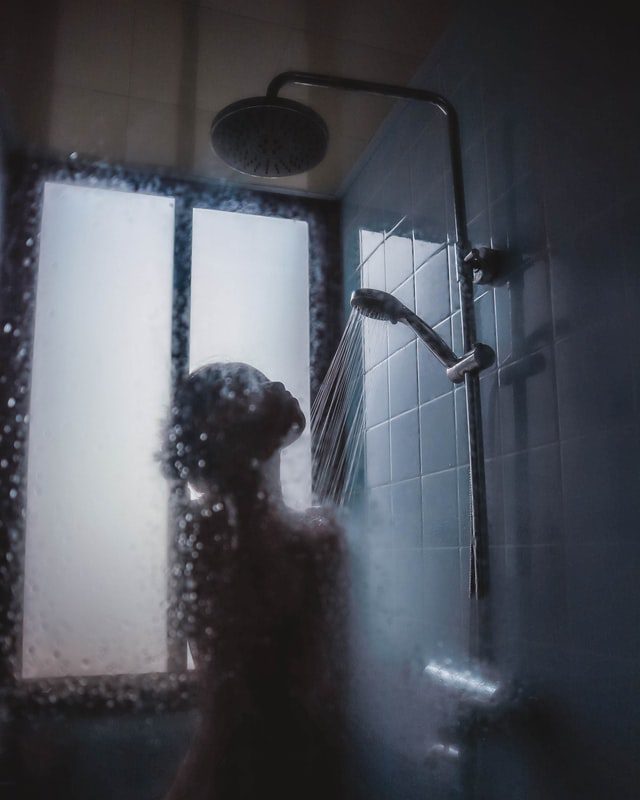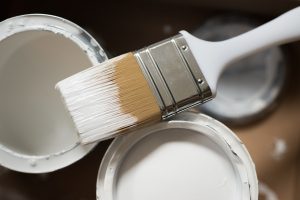One of the most frustrating things for a homeowner, according to Drew Doheny, a professional property manager located in Savannah, is having an electric hot water system that doesn’t produce hot water with steady pressure. You can have all of the hot water in the world, but if it doesn’t flow properly, you’ll barely be able to enjoy the benefits.
Your hot water pressure can drop at any time without much warning. It could also be a gradual problem that gets worse over time.
In any water system, the hot and cold water flow should both be equal. Widespread issues regarding the flow and pressure could indicate serious plumbing issues.
However, if one temperature has decent flow and the other is lacking, this could indicate a problem with your electric hot water system. Regardless, the issue should be addressed as quickly as possible.
You’re in the right place if you’ve noticed low pressure with your home’s electric hot water system. These are ten tips for improving your hot water system flow.
Table of Contents
1. Sediment In the Water System
This could be one of the main issues causing problems with the pressure in your electric hot water system. Sediment issues can arise whether you use electricity or gas to heat your water.
It’s not uncommon for the interior areas of hot water tanks to erode, causing sediment building somewhere along the line. Typically, these small amounts of debris find their way to the bottom of the tank, causing problems with the hot water pressure.
When your system is newer, simple flushing can usually fix the problem. However, if your home has an older electric hot water system, you may need a full replacement.
2. Lines With Bends
Plumbing lines that contain several bends can end up causing problems over time. When significant amounts of bends occur throughout the copper tubing, this bending will impair water flow.
If water passes through a high amount of bends before making it to your faucet or showerhead, the pressure of this water can suffer dramatically. As the water makes its way through each pass, every subsequent bend reduces the hot water pressure a little more.
You could repipe the plumbing lines within your system. Alternatively, purchasing a pressure regulator may increase the flow of hot water.
3. Shut-off Valve
This is one of the most simple fixes when it comes to the issue of low hot water pressure. You could have a shut-off valve that’s partially closed for whatever reason.
If the issue is ongoing throughout your entire home, check this valve. Even the slightest nudge to the shut-off side can significantly decrease the hot water pressure in your house.
4. Low Pressure In General

You may be just having an overall issue with low pressure in general. This will normally start from the external water source your home relies on.
If this ends up being the cause, your hot and cold water will suffer. Setting a regulator in this situation could also provide a fix. Your plumber should be able to assist you with installing a pressure regulator to rectify this issue.
5. Wrong Sized Lines
When the size of your water lines is significantly smaller than they should be based on your home’s demand for hot water, you will experience a pressure drop. Your only solution during these cases is to repipe your water lines.
This will increase the size of your water supply lines, leading to higher amounts of water pressure again. When these pipes are replaced, it reduces friction, which increases the pressure of your hot water.
6. Wrong Configuration of Pressure Regulator
If you have already installed a pressure regulator, it could be configured to the wrong setting. It’s possible that your plumber didn’t put this component in the right setting, and this is now leading to a significant drop in hot water pressure.
You can tune the regulator to normal pressure. If this doesn’t produce the result you want, it may signify that you need to purchase a new regulator altogether.
7. Worn Out Fixture
You could have a worn-out fixture wherever the pressure has become an issue. If you’ve noticed that the pressure problem only occurs in one specific bathtub or sink, this is most likely the cause.
High amounts of scale and sediment buildup can lead to your fixtures on the sink or bathtub wearing out. This almost always leads to a decrease in hot water pressure. Your plumber can easily replace these fixtures, leading to a solution to your problem.
8. Small Tank
Sometimes your tank isn’t big enough to keep up with the growing demands in your home for hot water. When this happens, you could experience a sudden pressure drop. Installing a larger tank that’s better accommodating could provide the relief you’re looking for.
9. Spikes In Use
You could lose water pressure if you have a sudden spike in hot water use from unexpected guests or tenants. Consider turning up your hot water heater or installing a larger tank to fix your problem.
1o. Overusing Hot Water
You could be overusing the hot water in your home. If you’ve noticed that substantial amounts of hot water are being wasted, this could decrease pressure because the tank can’t keep up with the demands.
Try to remain mindful about conserving hot water. Only turn the hot water on when you plan on using it for a bath or shower. When you hand wash dishes, turn the hot water off when you’re not rinsing anything. Wait until you fill up one side of the sink with dishes that need to be rinsed, then turn on the hot water and rinse everything all at once.
If you’re experiencing any of these issues with your electric hot water system, the good news is most of them are easily fixable. Try and stay updated regarding how your hot water functions throughout your home. This will give you a better understanding of what to do when any problems arise with the system. Catching these problems earlier can lead to a much easier solution.
Featured Photo by Hannah Xu on Unsplash




